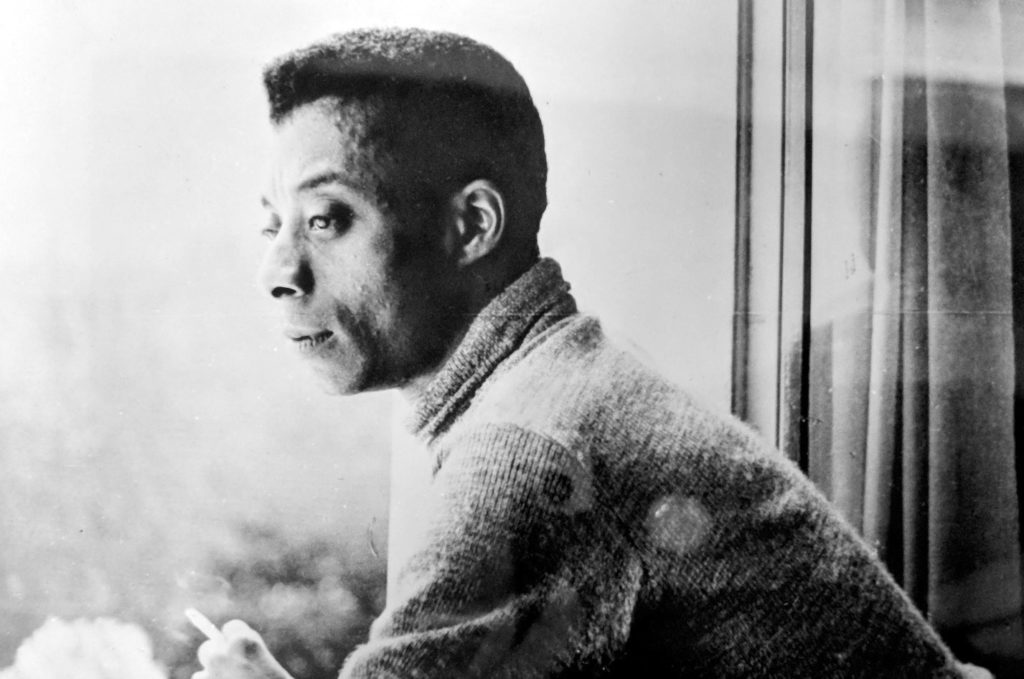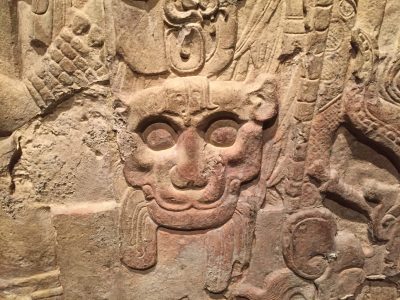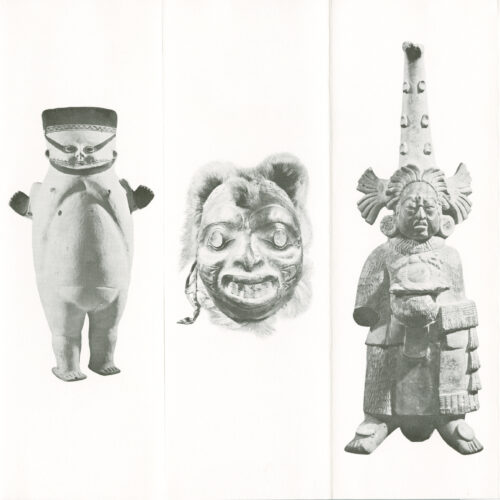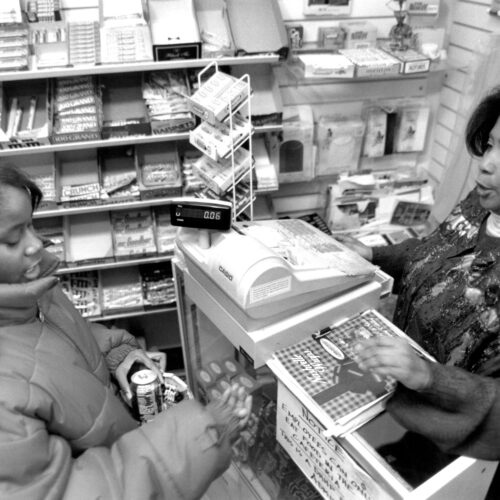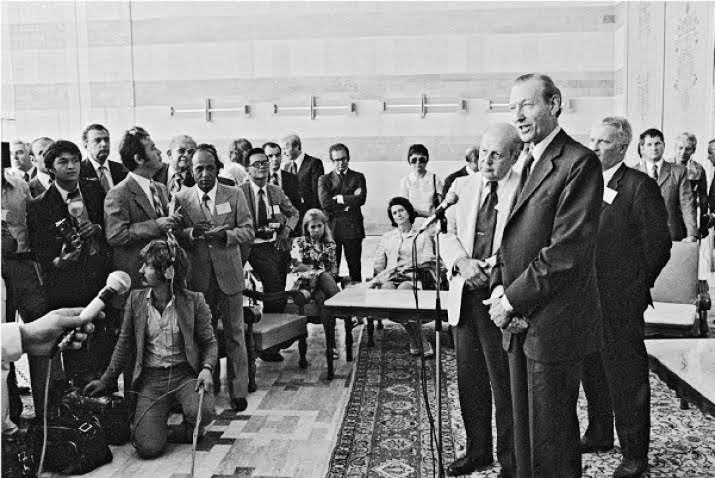In 1959, James Baldwin was already recognized as a talented writer, but he needed financial support to finish a novel he was working on, which explored issues of race, homosexuality, and the urban environment.
The Ford Foundation had recently created a Humanities and Arts program, and awarded Baldwin a $12,000 creative writers’ fellowship.Foundation-Administered Project (FAP) #05900121. Program for Creative Writers. Ford Foundation grants FA732C, RAC.
The result was the long acclaimed and path-breaking novel, Another Country. A 1962 letter preserved in the archives spells out the significance of this gesture of support to Baldwin’s life and career.Baldwin, James. Ford Foundation records, American Literary Manuscripts FA718, Box 1, Folder 1, RAC.
Baldwin wrote:
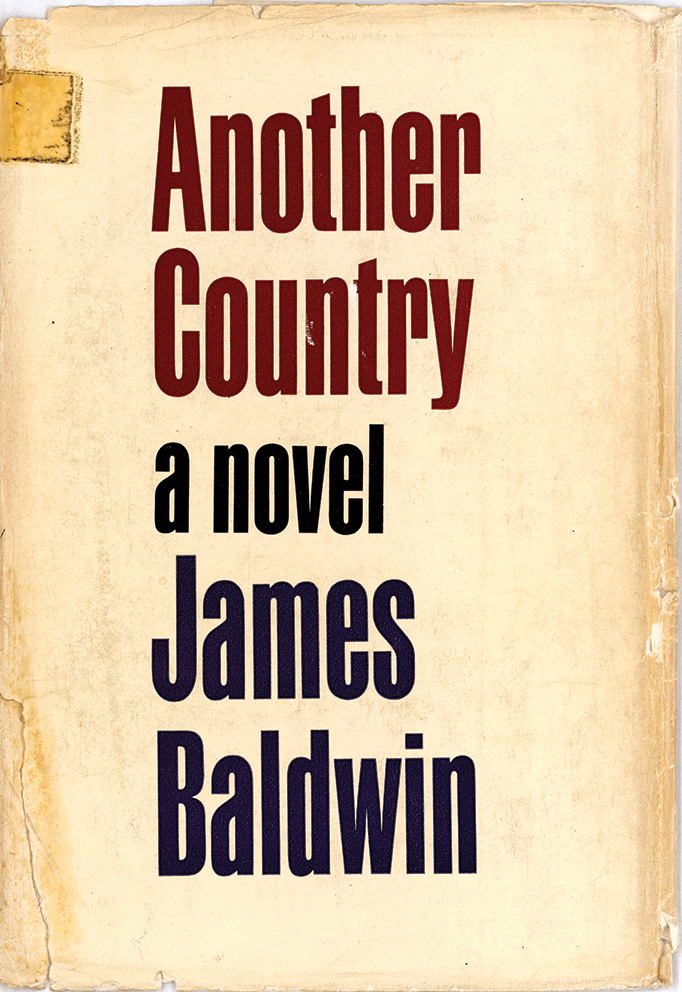
“[H]ad it not been for the Ford Grant, I would either be tearing up until now, or I would have abandoned it. […] An abandoned novel can act as an obstruction which will destroy one’s writing life. For a writer, the destruction of his writing life is exactly the same thing as the destruction of his life.”
James Baldwin, 1961.

